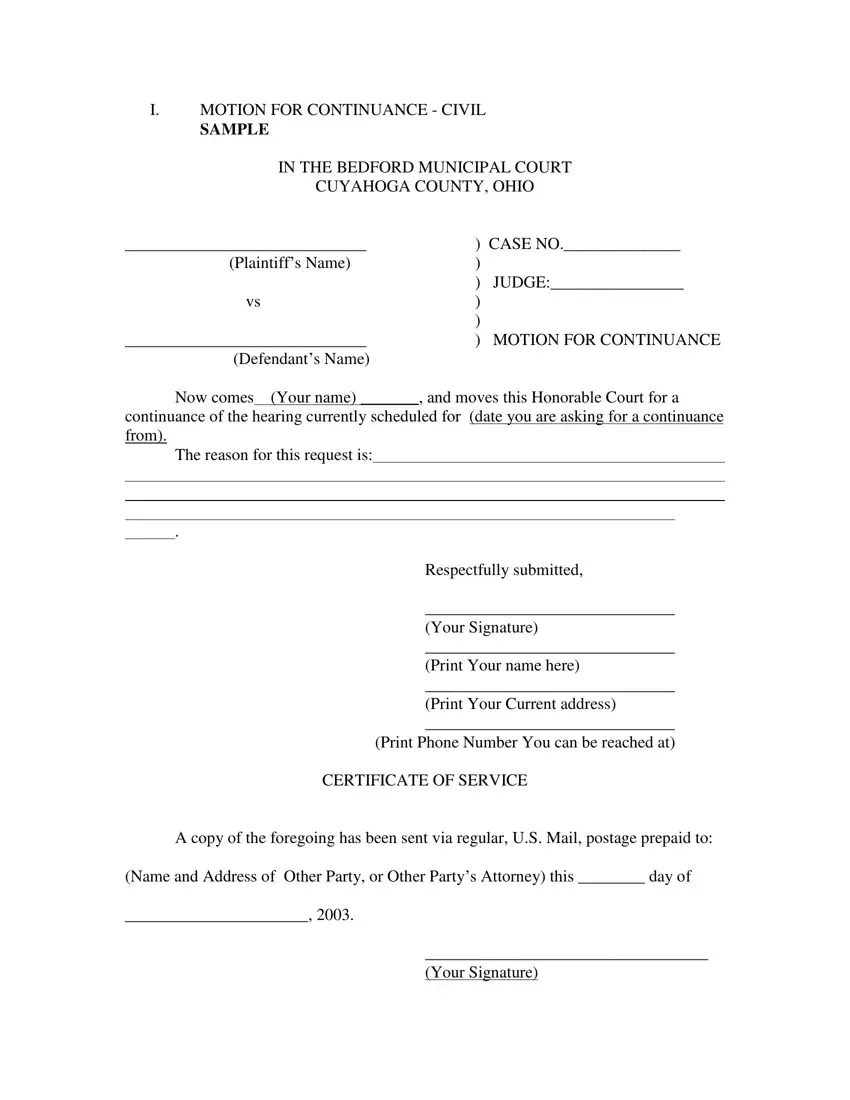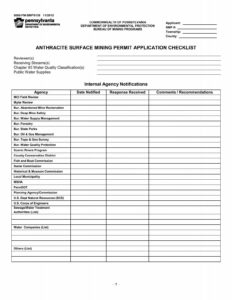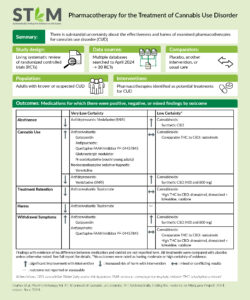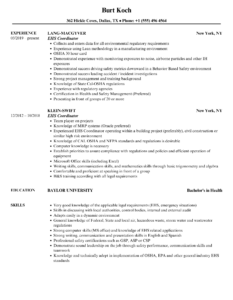Employing a pre-designed structure offers numerous advantages. It streamlines the process, reducing the time and effort required to draft the document. It also helps ensure that no essential information is omitted, minimizing the risk of rejection due to incompleteness. Furthermore, it presents a polished and organized request, enhancing the credibility of the filer.

Understanding the components and proper usage of these forms is essential for anyone involved in legal proceedings. The following sections will delve into the specific elements typically included, best practices for completion, and common scenarios where such a request might be necessary.
Key Components of a Continuance Request
A well-drafted request for postponement must contain specific elements to ensure its effectiveness. These components provide the necessary information for the court or legal authority to assess the validity of the request and make an informed decision. Omitting crucial details can lead to rejection and potential negative consequences.
1: Case Information: This section requires accurate identification of the case, including the case name, number, court, and presiding judge. Precise details are essential for efficient processing.
2: Original Scheduled Date: Clearly stating the original date and time of the scheduled proceeding provides context and facilitates scheduling adjustments.
3: Reason for Continuance: A clear and concise explanation of the reason for requesting a postponement is paramount. Supporting documentation, such as medical certificates or scheduling conflicts, should be included when applicable.
4: Proposed New Date: Suggesting a specific alternative date demonstrates proactive engagement and facilitates efficient rescheduling. Flexibility and consideration of other parties’ schedules are advised.
5: Contact Information: Providing accurate contact information for all involved parties ensures seamless communication regarding the request and subsequent scheduling adjustments.
6: Signature and Date: The document must be signed and dated by the requesting party or their legal representative. This formalizes the request and confirms its authenticity.
7: Supporting Documentation: Depending on the reason for the continuance, relevant supporting documentation strengthens the request and increases its likelihood of approval.
Accurate and complete information, presented in a clear and professional manner, significantly increases the likelihood of a favorable outcome. Each element contributes to a persuasive and well-supported request for a postponement, minimizing disruption and promoting a smooth legal process.
How to Create a Request for Continuance
Creating a well-structured request for continuance maximizes the likelihood of a favorable outcome. A methodical approach ensures all necessary elements are included and presented professionally.
1: Obtain a Template or Sample Form: Accessing a template or sample form provides a framework and ensures all necessary components are addressed. Local court websites or legal resource providers often offer these resources.
2: Populate Case Information: Accurately and completely fill in all case-related details, including the case name, number, court, and presiding judge’s name. Precision is crucial for efficient identification and processing.
3: State the Original Scheduled Date and Time: Clearly indicate the original date and time of the proceeding for which a postponement is requested. This provides context for the request.
4: Articulate the Reason for Continuance: Provide a concise and compelling explanation for the need for a postponement. Supporting evidence, such as medical documentation or unavoidable scheduling conflicts, should be included when applicable.
5: Propose a New Date and Time: Suggest a specific alternative date and time that accommodates the schedules of all involved parties. Flexibility and proactive communication enhance the likelihood of approval.
6: Include Contact Information: Provide complete and accurate contact information for all parties involved. This facilitates communication and efficient scheduling adjustments.
7: Attach Supporting Documentation: Include any relevant documentation that supports the reason for the continuance. This adds weight to the request and strengthens its credibility.
8: Review and Sign: Thoroughly review the completed document for accuracy and completeness before signing and dating it. A polished and professional document reflects positively on the filer.
A carefully crafted request, complete with accurate information and supporting documentation, significantly increases the chances of obtaining the desired postponement. Attention to detail and a professional presentation are essential for a successful outcome.
Careful preparation and attention to detail are essential when seeking postponement of legal proceedings. Utilizing a standardized form ensures all necessary information is presented clearly and concisely, increasing the likelihood of a favorable outcome. Understanding the key components, such as accurate case details, a compelling reason for the request, and proposed alternative dates, allows for a more effective and professional approach. Supporting documentation further strengthens the request and demonstrates due diligence.
Proper utilization of these tools contributes to a more efficient and respectful legal process for all parties involved. Thorough preparation and proactive communication facilitate smoother proceedings and minimize potential disruptions. Access to resources and a clear understanding of the process empower individuals to navigate legal scheduling challenges effectively.



